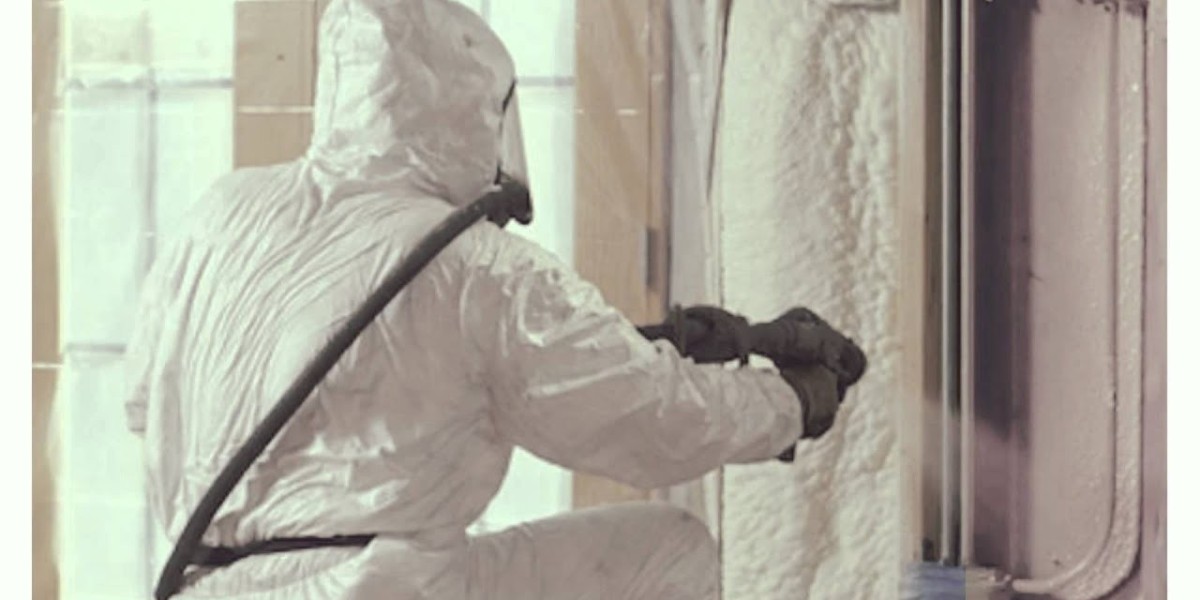Spray foam insulation offers a truly transformative solution for property owners aiming for unmatched thermal performance, enhanced structural integrity, and significant energy savings. By expertly sealing gaps, filling structural cavities, and creating a robust, airtight barrier, spray foam insulation actively reduces air leakage, cuts down energy consumption, lowers heating and cooling bills, and boosts indoor comfort all year round. Whether managing a residential home, a bustling commercial property, or a large industrial facility, selecting the correct spray foam type and understanding the full scope of the application process is crucial for achieving optimal efficiency and maximum long-term value.
This comprehensive guide covers every essential aspect of spray foam insulation, including detailed information on different types, critical technical specifications, important decision-making factors, real-world market insights, and clear answers to common questions. Continue reading to develop the expertise needed to make the best choice for your property.
Understanding Spray Foam Insulation Types
Spray foam insulation is categorized into two major types: open-cell and closed-cell. Each type offers distinct characteristics, specific advantages, and situational limitations, making it vital to align the choice with your unique project goals.
Comparison of Open-Cell vs Closed-Cell Spray Foam
Feature | Open-Cell Spray Foam | Closed-Cell Spray Foam |
Structure | Light, sponge-like | Dense, rigid |
R-Value per inch | ~3.5 | ~6.0 |
Air Barrier | Yes | Yes |
Water Resistance | Low | High |
Soundproofing | Excellent | Moderate |
Application Areas | Interior walls, attics | Exterior walls, roofs, basements |
Cost | Lower | Higher |
Expansion | High | Low |
Weight Load Impact | Minimal | Increases wall strength |
Vapor Barrier Properties | Low | High |
Installation Complexity | Moderate | High |
Bonus Tip: Opt for open-cell spray foam insulation noise control and affordability are the top priorities. For high-moisture environments, structural fortification, and high energy-efficiency targets, closed-cell spray foam is the superior choice.
Technical Specifications of Spray Foam Insulation
Specification | Open-Cell Foam | Closed-Cell Foam |
Density | ~0.5 lb/ft³ | ~2.0 lb/ft³ |
Expansion Rate | High (100x volume) | Low (30x volume) |
Vapor Permeability | High | Low |
Tensile Strength | ~2 psi | ~28 psi |
Compressive Strength | ~5 psi | ~35 psi |
Water Absorption | High | Low |
Thermal Conductivity | Higher | Lower |
Permeance (per inch) | ~16 perms | ~1 perm |
According to the U.S. Department of Energy, up to 40% of heating and cooling energy loss in buildings is due to air leakage. Spray foam insulation combats this issue effectively by creating a continuous, seamless thermal envelope that outperforms traditional insulation methods.
Moreover, industry research highlights that properties enhanced with spray foam insulation experience an average resale value increase of between 2% and 6%. This upgrade not only improves comfort and reduces operational costs but also positions the property as more attractive and energy-efficient in a competitive market.
Process of Spray Foam Insulation Application
Installing spray foam insulation demands a highly systematic approach to ensure superior results:
Surface Preparation: Clean all areas thoroughly to eliminate dust, oil, or moisture that might compromise adhesion.
Material Mixing: Maintain strict adherence to manufacturer ratios to produce consistent foam quality.
Application: Utilize professional-grade spray equipment for even, comprehensive coverage.
Layering: When applying multiple passes, allow interim curing to maintain structural integrity.
Curing Time: Ensure adequate curing periods based on material specifications and ambient conditions.
Post-Inspection: Conduct detailed inspections for thickness uniformity, voids, or adhesion deficiencies.
Ventilation: Maintain air circulation during and after installation to mitigate off-gassing and promote curing.
Bonus Tip: Schedule spray foam application during periods of moderate temperature and low humidity to maximize adhesion quality and curing performance.
Things to Consider Before Making a Decision
Before committing to a spray foam insulation solution, analyze these vital factors:
Building Usage Type: Open-cell suits residential and interior spaces needing soundproofing; closed-cell is best for high-exposure exterior applications.
Climate Conditions: In humid, coastal, or flood-prone areas, closed-cell’s low vapor permeability and water resistance offer critical protection.
Structural Assessment: Review current wall, floor, and roof structures for compatibility with spray foam material loads.
Moisture Risks: Address pre-existing moisture or mold issues before application to prevent trapping problems inside walls.
Energy Certification Goals: Achieving green building certifications (e.g., LEED, ENERGY STAR) might necessitate using low-GWP foam options.
Budget Planning: Calculate not just initial installation costs but total lifecycle cost savings from enhanced energy efficiency.
Local Building Codes: Confirm compliance with local fire safety, ventilation, and material-specific regulations.
Available Rebates and Incentives: Maximize ROI by utilizing government or utility-sponsored rebate programs for energy upgrades.
Bonus Tip: Engage a certified energy consultant early in your planning to create a roadmap that aligns insulation investments with measurable performance targets.
Common Questions About Spray Foam Insulation
What is R-Value and why does it matter?
R-Value measures an insulation material’s thermal resistance. Higher R-Values correspond to greater energy savings by minimizing heat loss and gain.
Can spray foam insulation be installed over old insulation?
While technically possible if the old insulation is clean, dry, and intact, full removal of aged materials often delivers better foam adhesion and energy performance.
Is spray foam a sustainable insulation option?
Recent advancements have produced eco-friendlier foams using bio-based components and blowing agents with ultra-low Global Warming Potential (GWP).
What is the expected lifespan of spray foam insulation?
High-quality spray foam can remain effective for 30+ years when installed correctly and protected from extreme mechanical or moisture damage.
Does insulation really impact home resale value?
Energy-efficient homes typically sell faster and at higher prices. Spray foam insulation often adds tangible resale advantages due to its premium performance characteristics.
Topic FAQ
How is spray foam insulation superior to fiberglass?
Unlike fiberglass, spray foam provides a seamless air barrier, significantly reducing energy losses and improving indoor air quality by blocking allergens and pollutants.
Can spray foam reduce both airborne and structural noise?
Yes. Open-cell spray foam dramatically reduces airborne sound transmission, while closed-cell can dampen vibration-related structural noises.
Why should spray foam installation be handled professionally?
Precision in chemical mixing, temperature control, and spraying technique are vital to avoid off-ratio foam, shrinkage, or fire risks.
What is involved in maintaining spray foam insulation?
Inspect semi-annually for water intrusion, pest infestation, and mechanical damage, especially after severe weather events or property renovations.
What precautions must be taken during installation?
Installers must use full personal protective equipment (PPE) and ensure the worksite is properly ventilated to prevent inhalation of reactive chemical vapors.
Make the Right Decision
Choosing the right spray foam insulation solution can fundamentally transform your property’s comfort, durability, and efficiency. Assess your structural needs, climatic factors, usage patterns, and energy goals meticulously before making a commitment. Balance upfront costs with potential long-term savings, regulatory incentives, and resale benefits. Informed decision-making rooted in solid technical understanding and expert consultation leads to insulation outcomes that deliver consistent value, year after year. Invest wisely today to secure better energy performance and superior living or working environments for the future.









